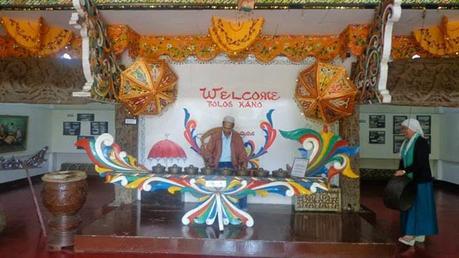
Rich History
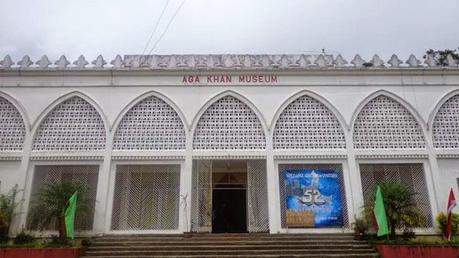
The bus lingered for an hour, passing by small huts and makeshift houses. I looked outside, searching for something familiar, a street sign in a language I can understand, a face with no shadows.
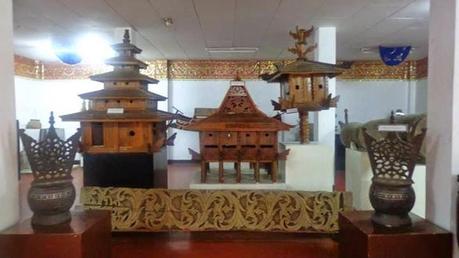
It took around an hour before I got to Marawi City. I thought I was alighting at a terminal, but the driver said he wasn't going there. After alighting from the van, a student approached me and asked me where I was going. I told him I was looking for MSU, he told me he would take me, because it was not safe, his name was Rasheed.
I heard a whisper from a distance. I was unaware of the danger that lurked in Marawi City. I didn't read anything bad about the place before I decided to go. Rasheed told me about how the tricycle drivers took advantage of unknowing visitors. If I had known, I would've planned this part of my trip more cautiously. But I didn't want it to ruin my visit to this part of the Philippines, so I proceeded cautiously and followed everything Rasheed told me.
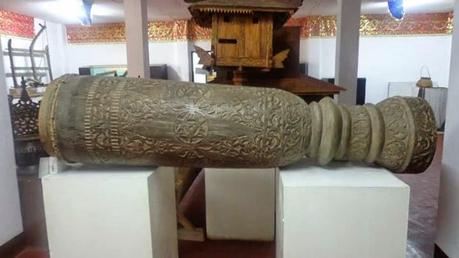
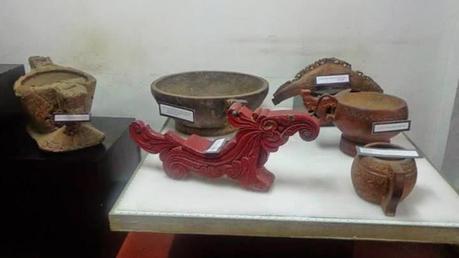
I found my way to the campus, with the help of Rasheed. I went to Aga Khan Museum to discover the rich history and culture of the Meranao or Maranao people of Lanao del Sur.
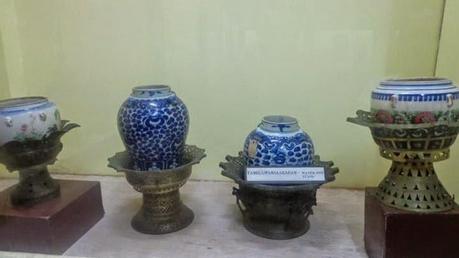

The museum contained several artifacts of the early Maranaos. These items were traded to surrounding kingdoms and countries during their heyday. The representation of the houses and palaces of earlier Maranaos reminded me so much of Indonesia and Malaysia. The architecture drew influences from the Chinese, Malays, and even the Hindus.
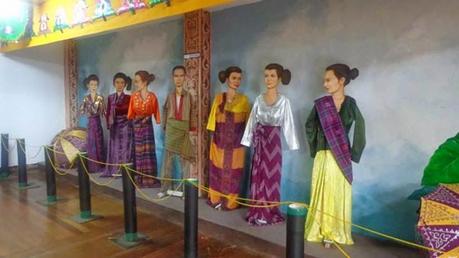
The costumes of the Maranaos also had similarities with the Malay race.
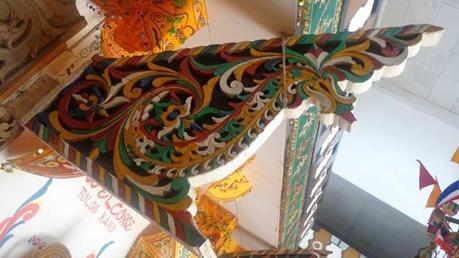
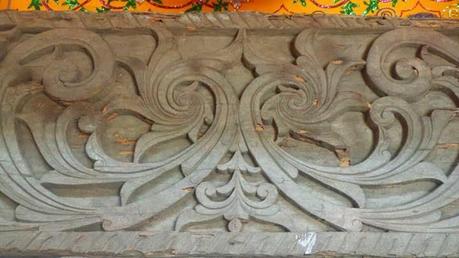
The guide in the museum told me that the Maranaos were artists, and the main source of their income is from the creation of 'Okir'. Another prominent symbol of the Maranaos is the Sarimanok, a mythical fowl with a feathered tail and colorful wings.
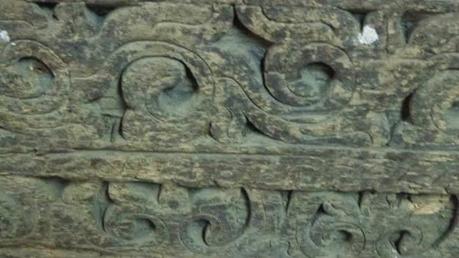
The Okir is characterized by flowing designs and intricate vine and leaf patterns.
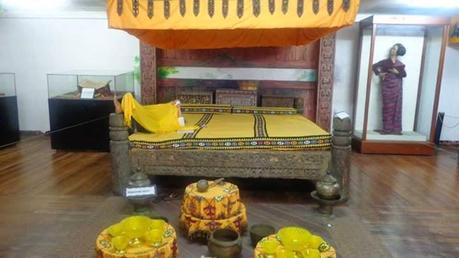
The Okir is carved onto furniture or artwork to fend off evil spirits and to bring good luck. The guide told me the museum badly needs an upgrade, because it was in the same state it was in when she was still a child. The Maranaos are a proud tribe, they were the last few tribes that surrendered to the Spanish army in the late 1890s. It took the Spanish and Filipino troops around 200 years before they managed to conquer the Maranaos.
One of the Coldest Provinces in the Philippines
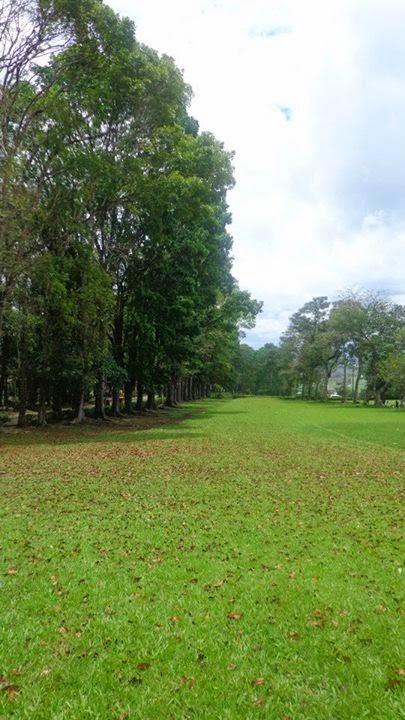
The Maranaos are called the 'People of the Lake.' The Maranaos earned that moniker because they inhabited the area surrounding Lake Lanao, one of the largest and deepest lakes in the Philippine.
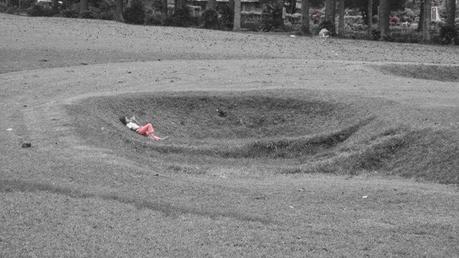
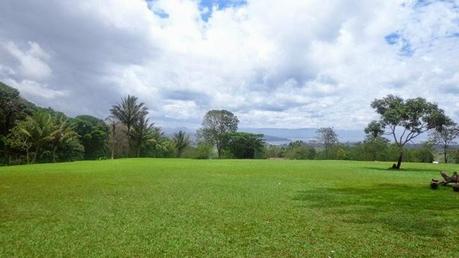
The location of Marawi by the lake and its high elevation give it a cooler climate compared to other provinces in the Philippines. I enjoyed the cool weather of the park in Mindanao State University.
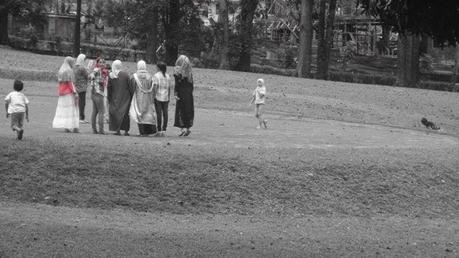
This city reminded me of Indonesia and Malaysia, mainly because of the predominantly Muslim population.
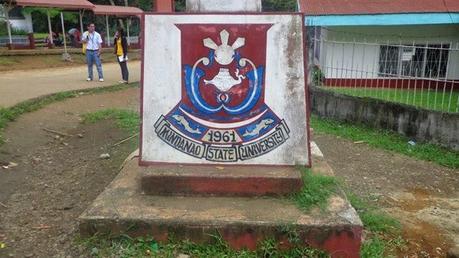

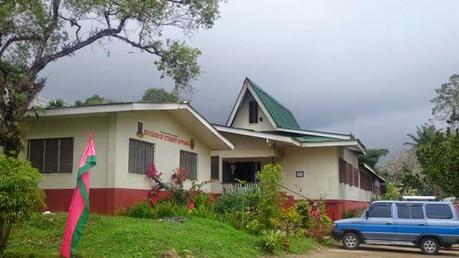
Some of the buildings in MSU also reminded me of traditional architecture in Indonesia and Malaysia. The rich history and culture of Lanao del Sur is shadowed by the conflict in the area. There is still a rift among the different tribes in the surrounding provinces near Lanao del Sur, and poverty is prevalent. For the country's sake, I hope these problems are resolved.
How to Get to Marawi City
There are buses and jeeps that go to Marawi City from Iligan. The van fare costs P60 one-way and the jeep fare costs P50 one-way. The travel time for a one-way trip is around one hour.

